Description
The instruction for medical use
of Makropen® medicine
the Trade name
of Makropen®
the International unlicensed
name Midekamitsin Lekarstvennaya
the Tablet form, film coated 400 mg
Structure
One tablet contains
active agent – midekamitsin 400 mg,
excipients: potassium polakrilin, talc, cellulose microcrystalline, magnesium stearate,
film cover: copolymer of methacrylate of the basic bottled, polyethyleneglycol, the titan dioxide (E 171), talc
the Description
of the Tablet of round shape, film coated white color, slightly biconvex, with a facet and risky on one party.
Pharmacotherapeutic group
Antibacterial drugs for system use. Macroleads, linkozamida and streptogramina. Macroleads. Midekamitsin.
The ATX JO1FAO3 code
the Pharmacological
Medikamitsin Pharmacokinetics Absorption properties is quickly and rather well soaked up and reaches the maximum concentration in serum within 1 – 2 hours, from 0.5 mkg/ml to 2.5 mkg/ml. Meal slightly reduces the maximum concentration, especially at children (from 4 to 16 years). Therefore it is recommended to accept midekamitsin before food.
Distribution
Midekamitsin well gets into fabrics where he reaches more than 100% of concentration, than in blood. High concentrations were established in bronchial separated and in skin.
47% of a midekamitsin and 3 – 29% of metabolites contact proteins.
Metabolism and removal
Midekamitsin is initially metabolized in active metabolites in a liver. He is allocated mainly with bile, and only about 5% – with urine.
Significant increase in the maximum concentration in serum, the area under a curve and elimination half-life can be observed at patients with cirrhosis.
The pharmacodynamics
the action Mechanism
Midekamitsin inhibits RNA-dependent synthesis of proteins at a stage of lengthening of a protein chain. Midekamitsin reversibly contacts 50S subgroup and blocks reaction of transpeptidation and/or translocation. Communication with ribosomes of an eukaryotic cell does not happen because of various structure of ribosom therefore toxicity of macroleads for human cells low.
As well as other antibiotics of group of macroleads, midekamitsin renders, generally bacteriostatic action, however, it can have also bactericidal effect which depends on type of a bacterium, concentration of medicine in the scene of action, the size of inoculum and a reproductive stage of a microorganism. The activity of in vitro decreases in acidic environment. If PH value in the environment of cultivation of Staphylococcus aureus or Streptococcus pyogenes increases from 7.2 to 8.0, MOC (minimum overwhelming concentration) for a midekamitsin is twice lower. If pH falls, a reverse situation.
High intracellular concentrations of macroleads are reached as a result of their good lipidic solubility. It is especially important at treatment of the infections caused by microorganisms with a cycle of intracellular development, such as chlamydias, legionella and listeriya. It was proved what midekamitsin collects in alveolar macrophages of the person. Macroleads collect also in neutrophils. While the ratio between extracellular and intracellular concentration makes from 1 to 10 for erythromycin, it makes more than 10 for newer macroleads, including midekamitsin. Accumulation of neutrophils in the center of an infection can increase in addition concentration of macroleads in the infected fabrics. The researches in vitro showed what midekamitsin influences also immune functions. So, strengthening of a chemotaxis against the background of treatment in comparison with erythromycin is established.
Medikamitsin probably stimulates activity of in Vivo of natural cells killers. All these researches show what midekamitsin influences the immune system that can be had important for in vivo of antibiotic effect of a midekamitsin.
Antibacterial action
Midekamitsin is an antibiotic of group of macroleads of a wide range whose activity is similar to activity of erythromycin. It is active against gram-positive bacteria (staphylococcus, streptococci, pneumococci, Bacillus anthracis, Corynebacterium diphtheriae and Listeria monocytogenes), against some gram-negative bacteria (Bordetella pertussis, Campylobacter spp., Moraxella catarrhalis and Neisseria spp.), anaerobe bacterias (Clostridium spp. and Bacteroides spp.) and other bacteria, such, as, mycoplasmas, ureaplasmas, chlamydias and legionella.
In vitro bacterial sensitivity to a midekamitsin (MDM):
Average MPK90 (mkg/ml)
the Bacterium
midekamitsin
Streptococcus pneumoniae 0.10 Streptococcus pyogenes 0.20 Streptococcus viridans 0.39 Staphylococcus aureus 1.5 Listeria monocytogenes 1.5 Bordetella pertussis 0.20 Legionella pneumophila 0.12 – 1 Moraxella catarrhalis
–
Helicobacter pylori
–
Propionibacterium acnes
–
Bacteroides fragilis 3.13 Mycoplasma pneumoniae 0.0078 Ureaplasma urealyticum 1.56 Mycoplasma hominis
–
Gardnerella vaginalis
–
Chlamydia trachomatis
–
Chlamydia pneumoniae
–
Criteria for interpretation of MPK of a midekamitsin same, as for other macroleads, according to standards of NCCLS (National committee on clinical laboratory standards). Bacteria are defined as sensitive if their MPK90 ≤ 2 mkg/ml, and as steady if their MPK90 ≥ 8 mkg/ml.
Antimicrobic efficiency of metabolites
Metabolites of a midekamitsin have a similar antibacterial range, as at a midekamitsin, but their action is slightly weaker. Results of some tests on animals showed that the efficiency of a midekamitsin and miokamitsin is better than in Vivo, than in vitro. It is partially caused by high concentrations of active metabolites in fabrics.
Stability
Resistance to macroleads develops because of reduction of permeability of an external cellular membrane (enterobakteriya), a medicine inactivation (S. aureus, E. coli) and changes of a site of action that is the most important.
From the geographical point of view the prevalence of bacterial resistance to macroleads is strongly changeable. Stability Methicillinum – sensitive S. aureus fluctuates ranging from 1% up to 50% while the majority Methicillinum – steady are also resistant S. Aureus of strains to macroleads. Stability of pneumococci mostly is lower than 5%, but in some parts of the world it over 50% (Japan). Resistance of Streptococcus pyogenes to macroleads fluctuates ranging from 1% up to 40% in Europe. Stability very seldom develops at mycoplasmas, legionell and C. diphteriae.
Indications
– respiratory infection and an urinogenital path, caused by mycoplasmas, legionella, chlamydias and Ureaplasma urealyticum
– respiratory infections, skin and hypodermic cellulose and all other infections caused by bacteria, sensitive to a midekamitsin and penicillin, at patients with hypersensitivity to penicillin
are the enterita caused by sort Campylobacter bacteria
– treatment and prevention of diphtheria and whooping cough
the Route of administration and doses
Makropen has to be accepted to food.
Adults and children weighing more than 30 kg: on one tablet of 400 mg 3 times a day. The maximum daily dose of a midekamitsin for adults makes 1600 mg.
Treatment duration usually is from 7 to 14 days. Chlamydial infections are treated 14 days.
Side effects
Infrequently (from ≥ 1/1000 to & lt, 1/100)
– nausea, a loss of appetite, vomiting, diarrhea and stomatitis
Very seldom (& lt, 1/10, 000)
– an eosinophilia
– pseudomembranous colitis
– rash, urticaria and an itching
– increase in level of transaminases and jaundice
At emergence of heavy side effects treatment should be stopped.
Contraindications
– hypersensitivity to active agent or auxiliary components of drug
– a heavy liver failure
– children’s age up to 6 years
Medicinal interactions
It is known that macroleads interact with other medicines. Antibiotics macroleads influence metabolism in a liver by P450 cytochrome inactivation. Unlike erythromycin midekamitsin does not contact mikrosomny oxidases of cells of a liver and does not make steady complexes with P450 cytochrome. As a result they do not influence theophylline pharmacokinetics.
Midekamitsin can increase cyclosporine level in serum (twice) both prolong a half-cycle of removal and increase AUC (the area under a curve “concentration time”) carbamazepine. Patients who at the same time accept carbamazepine or cyclosporine are recommended to be careful, and whenever possible it is necessary to control their levels in serum.
The concomitant use of a midekamitsin and alkaloids of an ergot can cause the reduced metabolism in a liver and the increased concentration of alkaloids of an ergot in serum.
It is necessary to be careful at simultaneous use of warfarin as midekamitsin can slow down its removal that increases risk of a hemorrhage.
Special instructions
At long therapy it is necessary to control activity of liver enzymes, especially at patients from the liver broken by function.
As well as when using any other germicides, long-term treatment can lead to the excess growth of steady bacteria. Long diarrhea can indicate development of pseudomembranous colitis.
Pregnancy and a lactation
Use of drug during pregnancy is shown only when the potential advantage for mother exceeds risk for a fruit.
Nursing mothers have to stop breastfeeding during treatment by Makropen.
Features of influence of medicine on ability to run the vehicle or potentially dangerous mechanisms.
Does not influence.
Overdose
Symptoms: at reception of excess doses the nausea and vomiting can be observed.
Treatment: symptomatic.
The form of release and packing
On 8 tablets place in blister strip packaging from a film of polyvinylchloride/polyvinyldichloride and aluminum foil.
On the 2nd blister strip packagings together with the instruction for medical use in the state and Russian languages place in a pack from cardboard.
To Store storage conditions in original packing, at a temperature not over 25 ºС, in the place protected from moisture.
To store out of children’s reach!
3 years
not to apply a period of storage after an expiration date.
Prescription status
According to the prescription
the Producer
of KRK, of. The place is new, Slovenia
Shmaryeshka 6, 8501 the place, Slovenia
the Owner of the registration certificate
of KRK, of Is new, the place, Slovenia
the Address of the organization accepting in the territory of the Republic of Kazakhstan claims from consumers on quality of products (goods) of KRKA Kazakhstan LLP, RK, 050059, Almaty, Al-Farabi Ave. 19, body 1b, the 2nd floor Is new, 207 ofistet.: +7 (727) 311 08 09 fax: +7 (727) 311 08 12info.kz@krka.biz
to Develop
Additional information
| Ingredient |
|---|





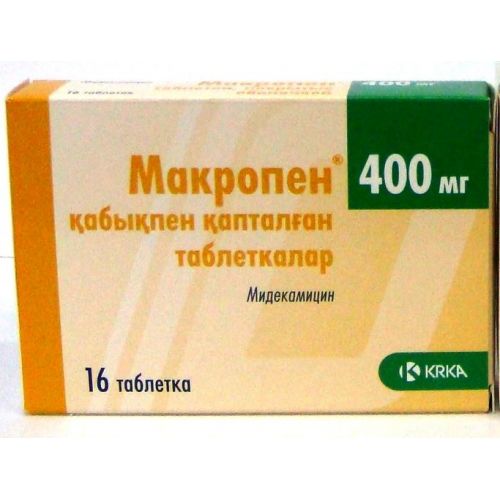
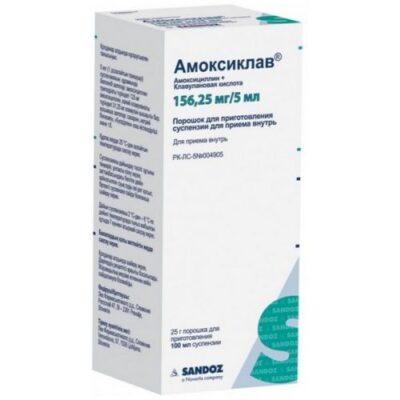
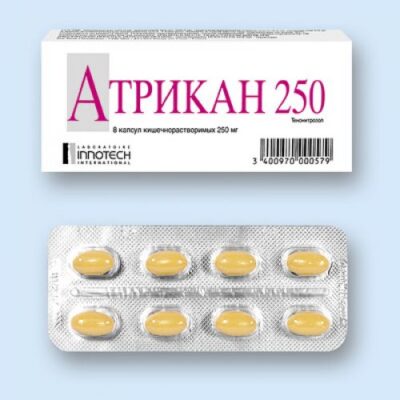
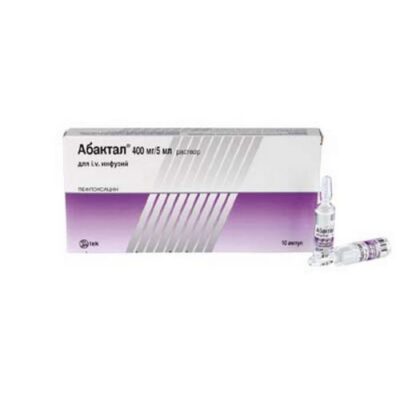
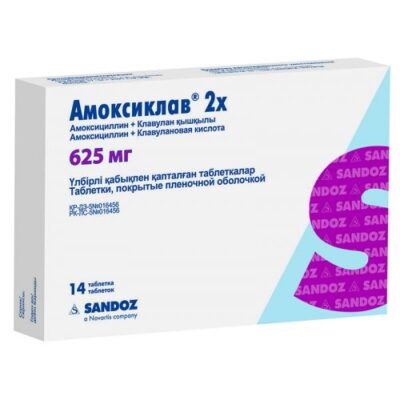
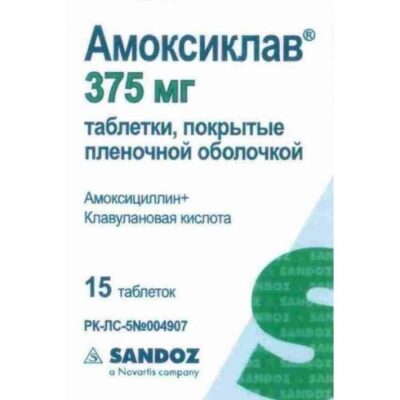
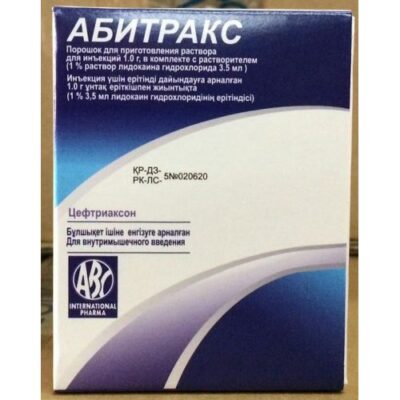
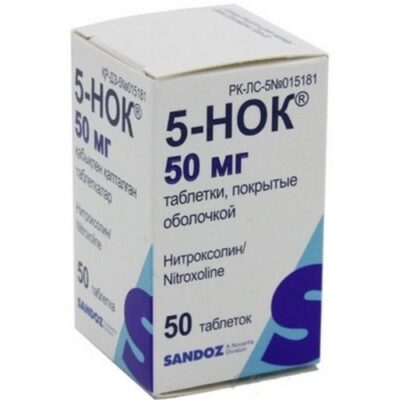
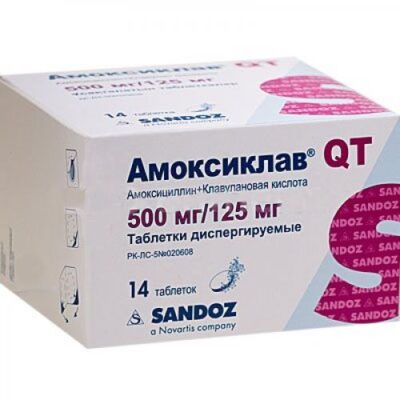
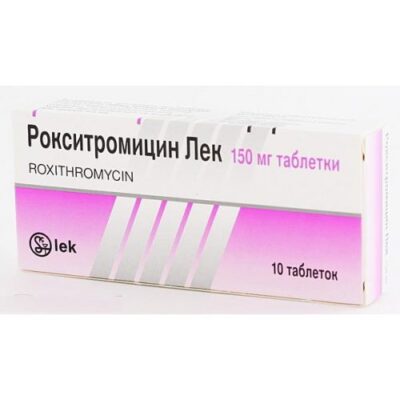
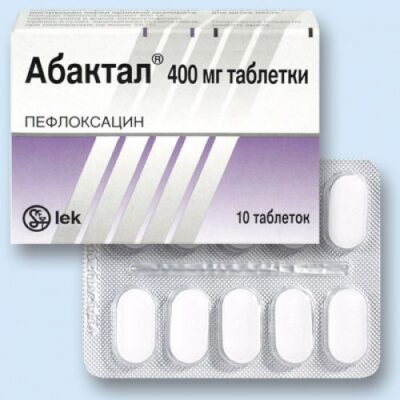






Reviews
There are no reviews yet.